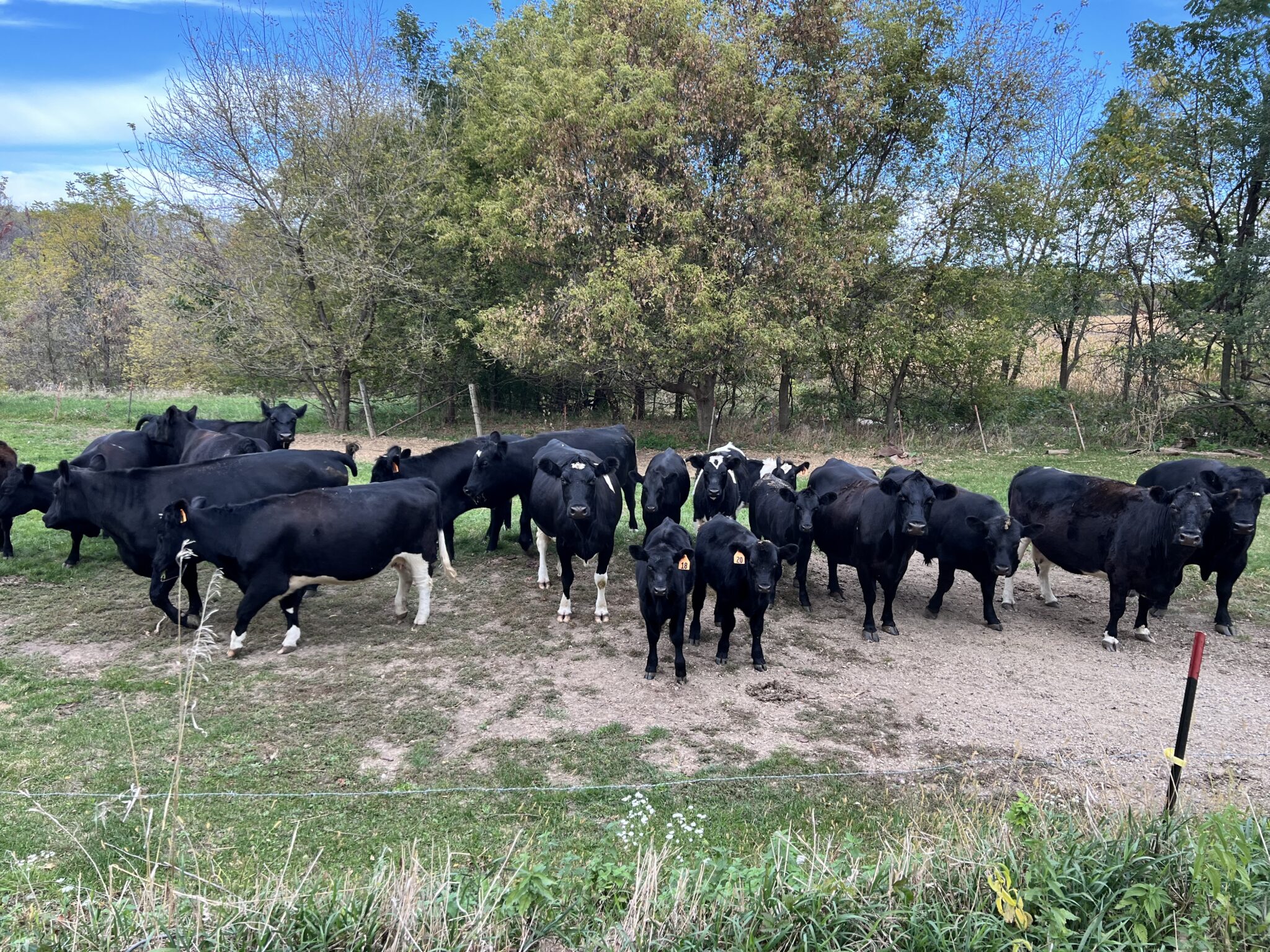My recent visit in mumbai has been interesting. A highlight was certainly Sangit Mahabharati’s program at Nehru Centre featuring Kishori Amonkar, Ulhas Kashalkar, Nayan Ghosh, Swapan Chaudhuri, and Ronu Mazumdar. For me the only disappointment was the latter who played rag saraswati for at least an hour. It seemed too long for this rag with such limited musical potential. Kishoritai’s start was typically shaky with the usual voice and amplifier troubles. After that she was in excellent form. I was so glad to hear her like this after a few years considering that she is advancing in years and sings infrequently in mumbai. Her Shudh kalyan would be criticized by purists (excessive use of madhyam and nishad), but I don’t think too many people who were there really cared. The hall was jam-packed for her performance which was great to see. Ulhas Kashalkar gave a fantastic performance the day before (basant, nat behag and adana) with Nayan Ghosh on tabla. Credit should be given to the sound people at Nehru Centre who do such an excellent job of balancing vocal, tabla, and harmonium. It makes such a difference, to the artists too I imagine. Another theme of this visit is the state of classical music in the city. Dire. Even top artists are not attracting full-house audiences and they are the only ones getting programs! For the second tier among which there are fantastic musicians there are very few programs to go around. There are so many reasons, not the least being the free entertainment offered by cable/dish tv and internet in the comfort of one’s own home. Even cd’s have become tools of promotion with virtually no profit possibilities. Is corporate sponsorship the answer? I have my doubts if the audiences aren’t there. Another idea recently tried was having the singer sing shorter pieces of 5 to 10 minutes rather than the usual 20-30, the idea being to accommodate the shorter attention span of current audiences. How this will attract new listeners and interest singers I do not know. What did attract a full audience recently was Nandu Dhaneshwar’s lec/dem on ragas in film music. I cannot comment on the program- I was not there- but I am mystified why this concept is so popular. Is it the concept, the “talking about”, the connection between film music and classical (a bridge between classical and popular) or Nandu’s reputation and expertise on the subject? I haven’t a clue. Fusion still attracts artists desperate for gigs and the general public interested in something more exciting, I guess. I respect musicians like Niladri Kumar and Purbayan Chatterjee who put their prodigious talent to use with sincerity, passion and artistry. On the other hand for novelty or commercial benefit these experiments are likely to be less appealing. North-South dialogues are most often dominated by the north Indian musicians with the Carnatic musician adjusting to Hindustani. That was recently the case with a jugalbandi of Ronu Mazumdar and Bombay Jayshree. Maybe there is some gender politics at work here too but obviously Bombay Jayshree will be well familiar with Hindustani music and I doubt that Ronu would take the time to learn even one Carnatic composition. Although she looked gorgeous, Anoushka Shankar was a disappointment playing with flamenco musicians on a youtube clip, stiff and hesitant in a context of exuberant emotion. I have heard that Kaushiki Chakravorty has become amongst the most popular must-hear female singers. I find it surprising but I haven’t heard her for several years. I try to promote my favorites, Manjusha Kulkarni-Patil, Jayshree Patnekar, Vijaya Jadhav-Gatlewar.
